“The reach fell again! What can we do?” You can see lots of questions like these in online chats of business people, marketers, and SMM specialists. Algorithms are largely unpredictable, and social networks are reluctant to give out all the specifics of their operation. While some are trying to find the magic pill placing all posts on the top of the algorithmic feed, the reach is growing among those who follow simple, clear, and valid recommendations. Let’s find out what the reach depends on, why it falls periodically, and how to increase it.
Reach types and how they differ from impressions
The reach reflects the number of users who have seen your post at least once. It only includes unique visitors — repeated views don’t count, even if your post has been viewed 15 times by the same user. That’s the difference compared to impressions since the impressions summarize all views.
Reach types:
- Organic reach: It reflects the number of users who saw your content “naturally”, without paid promotion methods.
- Advertising reach: It shows how many people have seen your post thanks to some promotion, such as targeting.
All marketers are in pursuit of increasing specifically the organic reach.
What does a high organic reach give?
Organic reach can be divided into viral and non-viral.
Non-Viral reach: Only your followers see the post. If you raise such reach, it results in more followers seeing your posts. If a person follows you, it doesn’t guarantee that they will see all your publications. In social networks with algorithmic feeds, even your followers do not always scroll down the whole feed, mostly paying attention to first position rankings.
By increasing non-viral organic reach, you try to get the maximum out of the audience you’ve already attracted.
Viral reach: Covers the audience who saw your publications thanks to other users sharing your content. These aren’t your followers, but other people who saw your account in a repost.
The viral effect is a dream of everyone working in social media. We all know cases when just because of one viral publication, a person or company woke up famous.
The viral effect can cause your post to be viewed for free by hundreds of thousands of people. The numbers aren’t always so impressive, but getting even a thousand free views is already excellent. The main advantage is that the post is distributed over the network by itself.
We wish we could give you a recipe for making your publication viral, but the viral effect is often just a matter of luck. You can’t do something on purpose and get a viral reach guaranteed. All that is left to do is to generate high-quality content and wait for it to excite the users. Therefore, in this article, we focus on the tips helping to increase organic, non-viral reach.
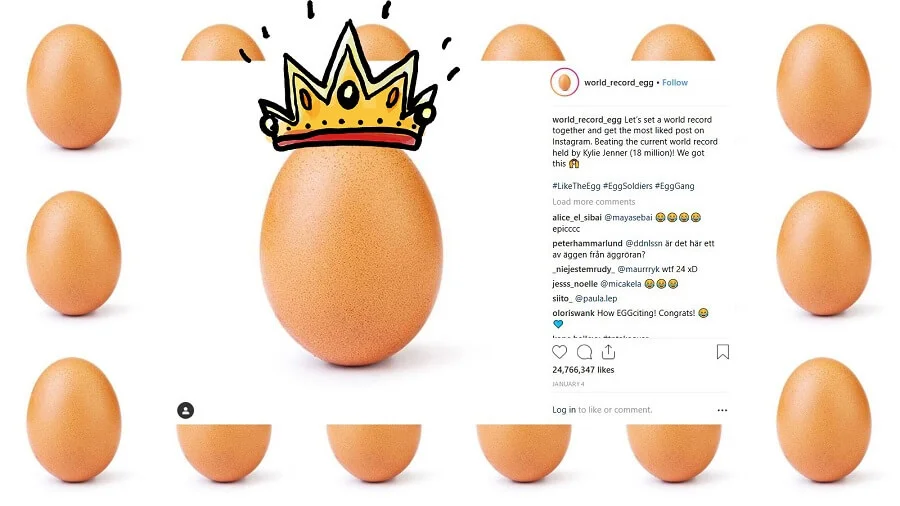
Why is reach falling in social networks?
Everybody suffers from decreasing reach. In this case, different causes may be interrelated.
1. Too much content gets generated.
Every second, hundreds of thousands of posts are published on social media, so the platforms need to rank it somehow to save the users from drowning in content: this way, some content is shown while other content stays hidden.
2. Social networks want to increase the time the users spend on the platforms.
There is a lot of content, and for a person to linger on a platform, he/she should be shown exactly what they like. If a user enters the social network several times and the attention does not immediately capture something interesting, this person will simply go to another platform. And if the user gets unpleasant or annoying content, he/she is unlikely to get engaged next time.
Therefore, social media algorithms are trying to please the users in every possible way. Each platform has its algorithm, but in general, they rely on similar principles: track the contact duration with a specific subject or account, select similar types of content, analyze what other users with similar interests like, etc.
3. Social networks stimulate to try paid promotion.
Platforms want to sell internal advertising opportunities — that’s why business pages are often cut in reach to motivate them to spend money on paid promotion.
Why can the reach fall specifically in your case?
- You have stopped generating engaging and eye-catching content;
- You have violated the rules of the social network. To illustrate, you have added too many hashtags and therefore hit the Instagram shadowban;
- There are lots of bots and fakes among your audience members; probably, there are also many users disinterested in your content. For example, it can happen if you have taken part in giveaways or activity chats.
How to increase the reach in social networks?
Let’s have a look at two social networks with an algorithmic feed: Instagram and Facebook.
Where to view your current reach
On Facebook, go to page statistics and click on the Reach tab. You’ll see a chart of paid and organic reach. The reach diagram reflects two criteria: organic and paid reach.
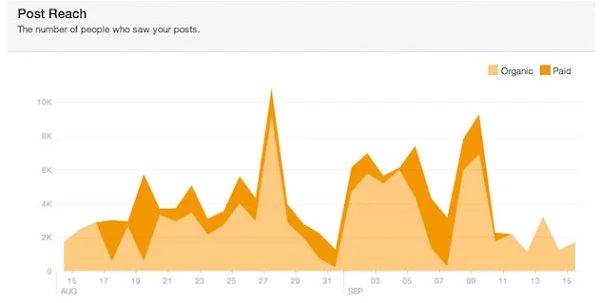
In Instagram, the reach can be viewed in the Statistics section (available for business accounts) on the Actions tab. This reflects the reach over the last week, as well as its dynamics by day in the form of a diagram.
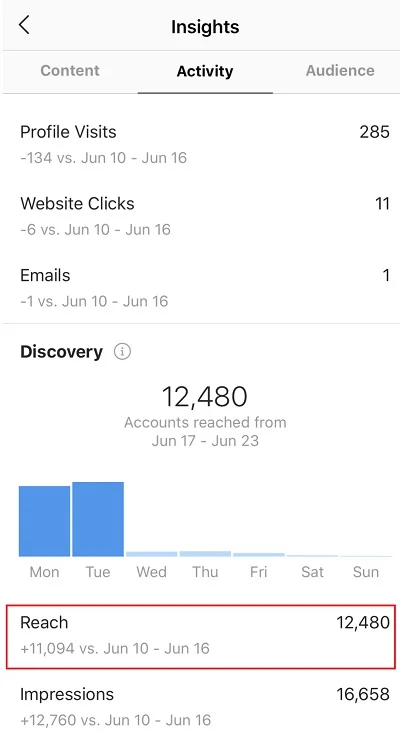
How to increase the Facebook reach
Facebook algorithm primarily checks:
- Reaction speed (likes, comments, reposts);
- User relationship with the author of the post: algorithms distinguish close friends and family members; they are given top positions in the feed;
- Relevance of an event referred to in the post; that is why it often seems that the posts in the Facebook feed are all talking about the same thing.
Here are some tips to help increase the reach:
1. Post videos. Small videos get a higher reach than text or a picture.
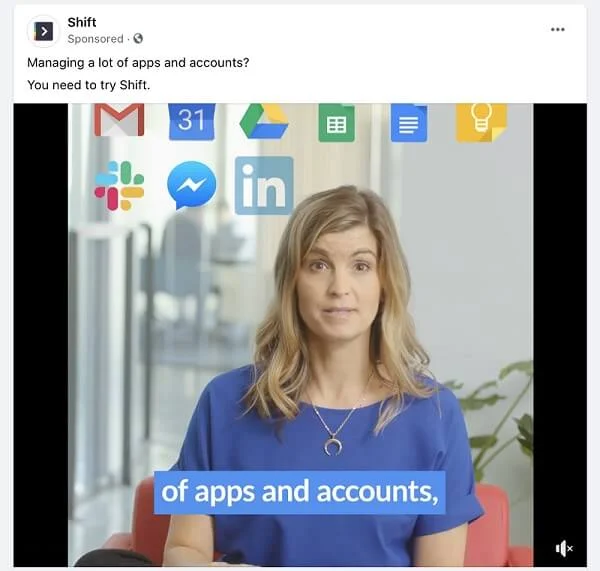
- Built-in subtitles are helpful: the users don’t have to look for headphones.
- Don’t overdo it by mentioning your brand in the video. For example, install the logo in the frame or add something that makes it clear that this is your video. Otherwise, you can briefly mention it at the beginning when introducing yourself. But don’t spam the brand, or the users will think it’s commercial — and no one likes ads.
- Attract attention in the first 5-10 seconds. It can be done with an impressive video showing the final results, a question to the viewer to which he/she would like to find an answer, the announcement of the crucial message of the video, promises of some benefit, etc. If you don’t manage to put the foot in the door in the first seconds — so to say — a person will continue to scroll the feed.
- Upload your video to Facebook, don’t use links to YouTube or other social networks. The links tend to cut the reach. Moreover, this is an additional action some users don’t want to do.
2. Spark a discussion. Nothing moves a Facebook post better than a lively discussion. Every time someone leaves a comment on your post, it “steps up” in the feed. For example, if you wrote a post a year ago, and then someone found it and commented on it, it will return to your followers’ feeds again.
However, avoid cheap tricks to increase engagement. Facebook officially states that it fights baiting and manipulative calls to action. Therefore, it is better not to use the following techniques: “Give me a like if you see me in your feed, I want to understand how numerous we are!” or “Capricorns give a like, Libras do a repost!”
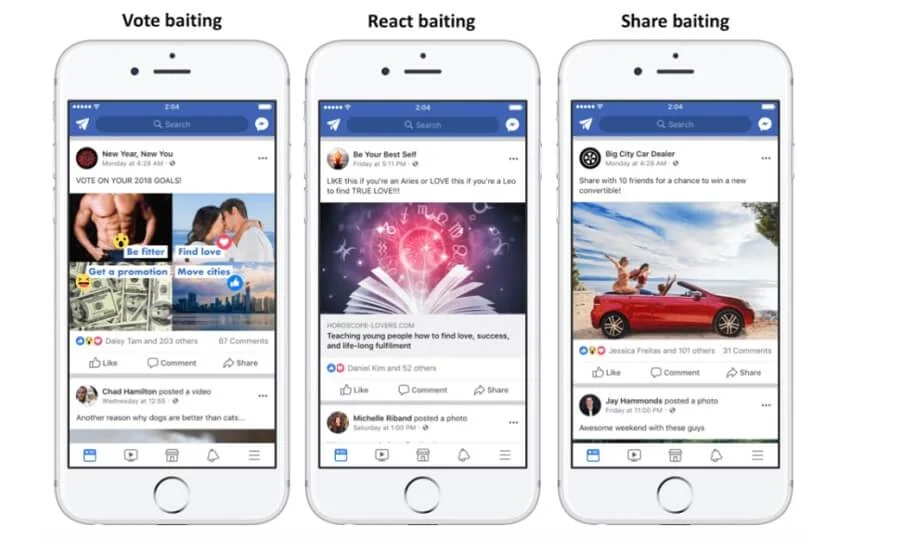
To encourage a user to comment on the post, ask engaging open questions at the end. People like to talk about themselves, so whatever you write, try to ask if your followers have found themselves in similar situations or whether they have used something of that sort.
If the topic is hot, direct questions and appeals are unnecessary. Write something that will encourage your followers to write a comment urgently — and you will get a heated discussion. Opinions are sure to disperse. Only be careful with provocative themes — some of them may damage your reputation.
3. Avoid external links on Facebook. The platform strives to keep users at home, so Facebook does not welcome links to other resources. According to human attention patterns, if the users switch, for example, to YouTube, they can stay there for a couple of hours (local algorithms are up to every move). Leave a link in the first comment to the post if it’s a must to give it.
4. Don’t try to push through hashtags. If for most social networks, hashtags are a great way to get organic traffic, Facebook does not work like this. The Buzzsumo study, which analyzed one billion publications, found that Facebook posts without hashtags get more reach and interactions.
5. Publish authentic content. Facebook users are attracted by personal details, the human side of the brand, storytelling.
How to increase the Instagram reach
Here are the main factors that impact reach on Instagram:
- Likes and comments, especially in the first minutes after posting;
- Time that the user devotes to your publication;
- Adding a post to favorites;
- Flicking the carousel;
- DM conversations;
- Viewing all the Stories;
- Clicking on the More button in the post.
To briefly sum up the reach features on Instagram: the more often, more diversely, and protractedly the user interacts with your content, the more often your posts gain favorable positions in his/her feed.
Tips for high reach on Instagram
1. Post regularly. Instagram responds by reducing reach on periodic disappearances from the information space. In fact, interaction frequency is not calculated based on all your content but compared to your competitors.
Let’s compare two accounts. A clothing store account publishes 2 posts, the follower likes them both. And the cosmetics store account publishes 8 posts a week. If the same follower likes 6 of 10 of such posts, the cosmetics brand will be ranked higher than the clothing on their feed; even though in the first case, the user liked 100% of the content, and in the second case, it was only 70%.
Of course, this does not mean that you need to spam strenuously and win by quantity. If you make too many posts, the user will get tired of such activity and stop responding to your posts.
2. Post video content. In Instagram, it plays automatically and keeps the user’s view on your post.
3. Use a carousel. Flipping through a gallery of photos also increases the time of interaction with a publication. You can add videos and pictures with text to the carousel.
Besides, the algorithm sometimes shows the same post with a carousel in the feed several times. If a follower did not like it, they will see the next slide from the carousel when reviewing the feed.
4. Get rid of bots. Reach issues often lie in the number of “substandard followers”. Remove all spam accounts, fake pages, business pages like “Manicure Moscow” or “Repair phones Sochi”, following you to attract attention. Yes, the number of followers will decrease, but the users interested in your content will remain. Instagram analyses the number of reactions per follower on average, so garbage accounts spoil your statistics.

5. Give bonuses through direct. DM conversations give signals to social networks that the user is interested in you. Therefore, from time to time, offer something to interested users through DM, such as discounts or useful materials.
6. Reply to user comments. If you don’t ignore the questions of your followers, they will be more likely to be active. By the way, you can also increase the number of comments under your posts. It is especially important to reply in the first 30-60 minutes after posting.

7. Do live broadcasts. You can your audience for questions/topics in DM, Stories, or in the comments under the post. These methods contribute to raising engagement and increasing the reach as a result.
8. Be prudent with hashtags. Abusing too-popular tags can get you to a shadowban. Instagram doesn’t like posts with many hashtags. Such publications are regarded by the social network as spam.
9. Use interactive elements in Stories. Add score scale, question-answer boxes, polls, and other elements to your Stories. This way, your followers won’t just passively flip Stories — they will also share their opinions quickly and easily.
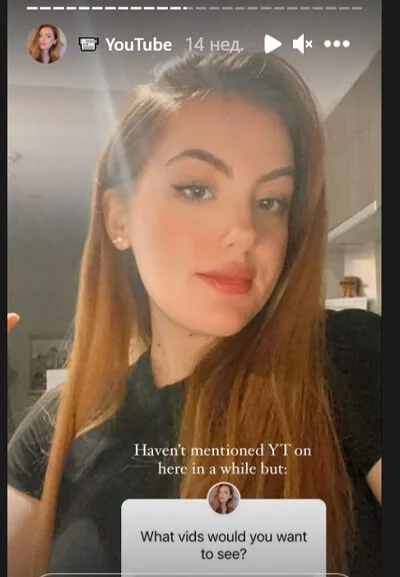
10. Forget about any shady schemes to increase activity. Fake engagement, mass liking, chat activity, and all other dishonest ways to get more likes and comments do more harm than good. Any inauthentic ways finally result in a drop in reach among your real followers.
11. Don’t beg for likes and comments. Persuasive requests to like or “leave at least a smiley in the comments” will only annoy your followers.
There’s nothing wrong with moderate calls like: “I want to understand how interested you are in this topic and whether it should be further exposed — leave a like or comment so I can see it.” Many followers may simply forget to give likes; a small reminder will be ok.
But please, don’t over-manipulate, phrases like “if we do not get 200 likes, there will be no more posts” or “Instagram is completely mad, if you do not give me likes, you will be discarded from pages automatically!” don’t work.






